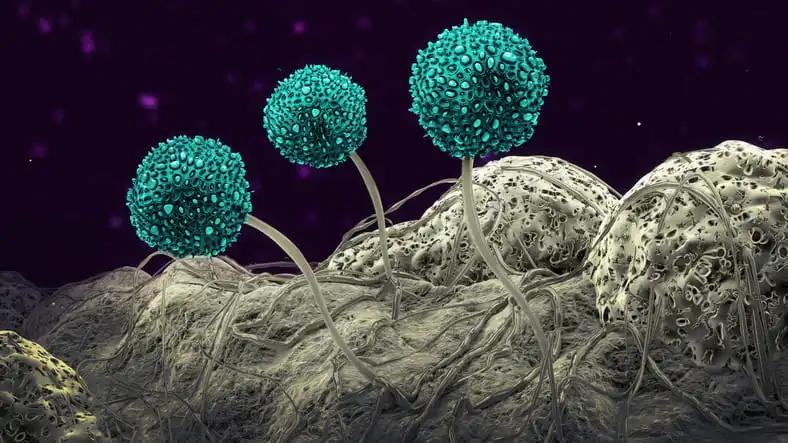KEY TAKEAWAYS
- The phase II trial aimed to evaluate the safety and efficacy of TACE+TIS+LEN in uHCC pts.
- Pts with BCLC C stage uHCC received TACE followed by TIS and LEN. The primary endpoint was to measure the ORR by mRECIST. Secondary endpoints included DCR, OS, PFS, and safety.
- The study found TACE, followed by TIS and LEN, was effective in shrinking tumors and controlling the disease in most pts with uHCC.
Unresectable hepatocellular carcinoma (uHCC) is a difficult-to-treat cancer, but combination therapy with antiangiogenic drugs and immune checkpoint inhibitors shows promise. Transcatheter arterial chemoembolization (TACE) can kill tumor cells and release tumor antigens, which may work well with immunotherapy. Researchers aimed to evaluate the combined safety and efficacy of TACE with tislelizumab (TIS) and lenvatinib (LEN) in uHCC patients (pts).
The study involved pts in the BCLC C stage unsuitable for surgery or liver transplantation. They needed at least one assessable target lesion, an ECOG performance status of ≤ 1, and Child-Pugh grade A or B. Pts were given TACE (loplatin + raltitrexed + iodine oil), followed by TIS (200 mg, IV, on Day 1 of a 21-day cycle) and LEN (12 mg/day for body weight ≥ 60 kg; 8 mg/day for < 60 kg). The primary endpoint was the overall response rate (ORR) by mRECIST. Secondary endpoints included disease control rate (DCR), overall survival (OS), progression-free survival (PFS), and safety.
Results demonstrated that 31 treated pts with uHCC were included, with a median follow-up of 11.3 months. In the BCLC C subgroup, 28 pts (90.3%) had microvascular invasion, and 17 (54.8%) had portal vein tumor thrombus. Using mRECIST, ORR and DCR were 71.1% and 87.1%, respectively (2 CR, 6.6%; 20 PR, 64.5%; 5 SD, 16.1%), and 4 had tumor progression (12.9%). Using RECIST 1.1, ORR and DCR were 67.7% and 87.1% (1 CR, 3.2%; 20 PR, 64.5%; 6 SD, 19.4%), and 4 showed tumor progression (12.9%). Median PFS was 10.2 months (95% CI: 4.5-NA), and median OS was not reached. Any-grade treatment-related adverse events (TEAEs) occurred in 64.5% (20/31) of pts. Most common TEAEs were increased γ-glutamyl transpeptidase (35%), Increased aspartate aminotransferase (32%), and thrombocytopenia (25%). Only 2 had grade 3 TEAE (pneumonia). No serious adverse events (SAEs) were reported.
The study found TACE plus TIS and LEN may be a promising treatment for uHCC with manageable side effects.
Source: https://ascopubs.org/doi/abs/10.1200/JCO.2023.41.16_suppl.4111
Clinical Trial: https://classic.clinicaltrials.gov/ct2/show/NCT05131698
Xiang Nong, Yu-Mei Zhang, Jing-Chang Liang, Jin-Long Xie, and Zhi-Ming Zhang. DOI: 10.1200/JCO.2023.41.16_suppl.4111 Journal of Clinical Oncology 41, no. 16_suppl (June 01, 2023) 4111-4111.



